Excel Negative Numbers In Brackets
In Excel, numbers can be represented in both positive and negative forms. Negative numbers are often used to denote debts, expenses, or losses. Understanding and effectively working with negative numbers is crucial in many financial and data analysis tasks.
To denote a negative number in Excel, you simply add a minus sign (-) before the number. Excel automatically recognizes this as a negative value and takes it into account when performing calculations.
II. Formatting Negative Numbers in Excel
Excel provides various formatting options to visually represent negative numbers. By default, negative numbers appear with a minus sign preceding the number. However, you can customize the display format to suit your preferences and requirements.
III. Displaying Negative Numbers in Brackets in Excel
One commonly used formatting option for negative numbers in Excel is to display them in brackets. This visual cue helps differentiate negative values from positive ones, making it easier to interpret data at a glance.
To display negative numbers in brackets, follow these steps:
1. Select the cells containing the negative numbers.
2. Right-click and choose “Format Cells” from the context menu.
3. In the Format Cells dialog box, go to the Number tab.
4. Under Category, select “Custom.”
5. In the Type input box, enter the following format: #,##0;[Red](#,##0)
6. Click “OK” to apply the formatting.
IV. Changing Default Formatting of Negative Numbers in Excel
If you prefer to change the default formatting of negative numbers in Excel, you can do so by modifying the default number format settings.
To change the default formatting of negative numbers, follow these steps:
1. Go to the File tab in Excel and select “Options.”
2. In the Excel Options dialog box, go to the Advanced tab.
3. Scroll down to the “Display options for this worksheet” section.
4. In the “Use system separators” option, uncheck the box.
5. Replace the minus sign (-) in the “Negative numbers” box with a desired symbol such as brackets or a different character.
6. Click “OK” to save the changes.
V. Custom Formatting for Negative Numbers in Excel
Apart from using brackets, you can further customize the formatting of negative numbers in Excel. The custom formatting feature allows you to configure how negative numbers are displayed based on your specific requirements.
To create a custom number format for negative numbers, follow these steps:
1. Select the cells containing the negative numbers.
2. Right-click and choose “Format Cells” from the context menu.
3. In the Format Cells dialog box, go to the Number tab.
4. Under Category, select “Custom.”
5. In the Type input box, enter the desired format based on Excel’s formatting codes. For example, to display negative numbers in red with brackets, use: [Red](#,##0)
6. Click “OK” to apply the formatting.
VI. Practical Applications of Negative Numbers in Excel
Negative numbers in Excel have numerous practical applications across various industries and disciplines. Here are a few examples:
1. Accounting and Finance: In accounting, negative numbers often represent expenses, liabilities, or losses. Using negative numbers accurately in financial statements and budgeting can provide a clear overview of an organization’s financial health.
2. Data Analysis: Negative numbers are frequently used in data analysis to represent declines, decreases, or negative growth rates. Analyzing trends and patterns becomes more meaningful when distinguishing between positive and negative values.
3. Sales and Inventory Management: Negative numbers can indicate stock shortages, backorders, or customer returns. Tracking these metrics can help businesses optimize inventory levels and identify potential issues.
4. Project Management: Negative numbers can be used in project management to represent delays, budget overruns, or missed targets. Tracking and analyzing these negative values can help identify areas for improvement and mitigate future risks.
FAQs:
1. Why should I use brackets to represent negative numbers in Excel?
Using brackets to represent negative numbers in Excel provides a visual distinction between positive and negative values, making it easier to interpret and analyze data.
2. Can I change the default formatting of negative numbers in Excel for all worksheets?
Yes, you can change the default negative number formatting for all worksheets by modifying the default number format settings in Excel options.
3. Can I create a custom number format for negative percentages?
Yes, you can create a custom number format for negative percentages by using the same formatting techniques mentioned earlier. Just adjust the format code to apply it specifically to percentages.
4. How can I display negative numbers in red with brackets and a dollar sign?
To display negative numbers in red with brackets and a dollar sign, use the custom number format: [Red]$#,##0.00;[Red]($#,##0.00).
In conclusion, understanding how to work with negative numbers in Excel is essential for accurate financial analysis and data interpretation. By applying custom formatting options, such as displaying negative numbers in brackets, you can enhance the clarity and effectiveness of your Excel spreadsheets.
Negative Number To Brackets | Basic Tips \U0026 Tricks In Excel
Keywords searched by users: excel negative numbers in brackets excel negative numbers in brackets accounting, negative percentage in brackets excel, excel negative numbers in brackets and zero as dash, excel negative numbers in brackets and red, excel negative numbers in brackets default windows 11, Negative number format Excel, Negative numbers in red brackets excel, excel negative numbers in brackets with dollar sign
Categories: Top 47 Excel Negative Numbers In Brackets
See more here: nhanvietluanvan.com
Excel Negative Numbers In Brackets Accounting
Excel is a versatile tool widely used in the accounting world, offering a range of functionalities that make tasks more efficient and accurate. One such notable feature is its ability to handle negative numbers utilizing parentheses or brackets, commonly referred to as the Accounting Number Format. In this article, we will delve into the significance of excel negative numbers in brackets accounting, exploring its application, benefits, and FAQs.
The Accounting Number Format is employed in various financial reports and spreadsheets to present negative numbers in a visually appealing and distinguishable manner. Unlike the general number format, which displays negatives with a minus sign (-), the accounting format represents negative numbers within brackets. This formatting technique aids in clearly distinguishing negative values and enhances readability, especially when dealing with complex financial data.
Benefits of Using Excel Negative Numbers in Brackets Accounting:
1. Improved Clarity and Readability: By enclosing negative numbers in brackets, the Accounting Number Format instantly sets them apart from positive values. This differentiation helps users quickly comprehend financial information without confusion, leading to accurate analyses and informed decision-making.
2. Conveys Negative Values Easily: Negative numbers can be easily identified when displayed in brackets, preventing potential errors or oversights. This is particularly important in accounting, where accurate calculations and reporting are crucial for maintaining financial integrity.
3. Aesthetically Enhanced Reports: The Accounting Number Format adds a touch of professionalism to reports and spreadsheets. The visually appealing presentation of negative numbers within brackets gives a cohesive and uniform appearance to financial statements, enhancing overall readability.
4. Consistent Application: Across various financial reports, Excel consistently applies the Accounting Number Format to negatives, ensuring uniformity. This feature simplifies data interpretation, especially when working with multiple spreadsheets or collaborating with colleagues.
5. Easy Conversion: For accountants and financial analysts, Excel provides simple conversions between the general number format and the accounting number format. This flexibility allows for swift adjustments whenever required, offering a seamless workflow.
FAQs:
Q1. How can I apply the accounting number format to negative numbers in Excel?
A: To apply the accounting number format, select the cell(s) you wish to format and navigate to the ‘Number’ group, located in the ‘Home’ tab. Click on the ‘Accounting Number Format’ button (typically represented by a dollar sign and a pair of brackets), or utilize the shortcut ‘Ctrl + Shift + $’, to apply the formatting instantly.
Q2. Can I customize the appearance of negative numbers in accounting format?
A: Yes, Excel allows users to customize the appearance of negative numbers in the accounting format. By modifying the ‘Format Cells’ option, you can adjust the color, font, and style of the negative numbers to align with your personal or organizational preferences.
Q3. Can I apply the accounting number format to an entire spreadsheet at once?
A: Yes, you can easily apply the accounting number format to an entire spreadsheet by selecting all cells or columns in the sheet. Follow the steps mentioned in Q1, and the accounting format will be applied uniformly throughout the selected range.
Q4. Are there any limitations or downsides to using brackets for negative numbers in accounting?
A: While the accounting number format is effective in most scenarios, it might have limitations when exporting data into other software applications. Some software may not recognize the accounting format, which can result in discrepancies. Before exporting or sharing data, it is advisable to convert the formatting back to the general number format to avoid any compatibility issues.
Q5. Are there any alternatives to displaying negative numbers in brackets?
A: Yes, Excel offers various formatting options for displaying negative numbers, such as using color codes, custom symbols, or leading/trailing minus signs. However, the accounting number format remains a popular choice due to its clarity, simplicity, and wide acceptance in accounting practices.
In conclusion, Excel’s ability to present negative numbers in brackets, known as the Accounting Number Format, caters to the unique needs of accountants and financial professionals. The employment of this format brings numerous benefits, including improved clarity, effective communication of negative values, visually appealing reports, consistency, and easy conversions. By utilizing Excel’s accounting features, accounting professionals can streamline their daily tasks and enhance the accuracy and professionalism of their financial reports.
Negative Percentage In Brackets Excel
When working with data in Microsoft Excel, you may often come across situations where negative percentages need to be represented. While there are several ways to handle negative percentages, using brackets around the number is a commonly adopted method. In this article, we will explore how to use negative percentage brackets in Excel, why they are important, and provide answers to frequently asked questions regarding this topic.
Understanding Negative Percentages:
Before diving into the use of brackets around negative percentages in Excel, let’s first clarify what negative percentages represent. A negative percentage indicates a decrease or loss in value, rather than an increase. For example, if you have a starting value of 100 and it decreases by 20%, the resulting value is 80. This decrease is denoted by a negative percentage.
Why Use Brackets Around Negative Percentages?
Brackets are used around negative percentages in Excel to differentiate them from positive percentages. This makes it easier for users to visually distinguish between the two. Furthermore, it helps maintain data integrity, prevents miscommunication, and aids in accurate analysis. By using brackets, negative percentages are clearly identifiable and eliminate any potential confusion.
Applying Negative Percentage in Brackets in Excel:
To represent negative percentages in Excel using brackets, you can follow the steps below:
1. Enter the negative percentage value in a cell. For instance, if you want to represent a decrease of 15%, simply enter -15.
2. Right-click on the cell and select “Format Cells” from the dropdown menu.
3. In the “Format Cells” dialog box, navigate to the “Number” tab.
4. Select “Custom” from the list of categories on the left side.
5. In the “Type” input field on the right, enter the following format: 0.00%;[Red]0.00%;0.00%
– The above format specifies that the cell should display positive percentages normally, negative percentages within brackets and colored in red, and zero values as 0.00%.
– Feel free to modify the format to fit your desired appearance, including decimal places, color, or additional symbols.
Frequently Asked Questions:
1. Can I change the color of the negative percentage text within brackets?
Yes, in the format described above, the negative percentage is automatically colored in red. However, you can modify this color by changing the value within the brackets to a different color code.
2. How can I apply this format to a range of cells?
To apply the format to a range of cells, simply select the range and then follow the steps mentioned earlier. The format will be applied to all the selected cells simultaneously.
3. Can I use this format in conjunction with other number formats?
Yes, you can use the bracketed negative percentage format alongside other number formats. For example, you can combine it with a specific decimal place format, currency format, etc.
4. Can I copy and paste the formatted cells to another worksheet or workbook?
Yes, the formatting is preserved when you copy and paste the cells to another worksheet or workbook. However, ensure that the target workbook has the same format applied or manually adjust the format.
5. How can I remove the brackets from negative percentages?
If you decide not to use brackets around negative percentages anymore, you can remove them by modifying the format of the cells. Right-click on the cell, select “Format Cells,” and remove the brackets and color code from the custom format.
Conclusion:
Using brackets around negative percentages in Excel is an effective way of visually distinguishing them from positive percentages and ensuring accurate data representation. By following the steps outlined in this article, you can easily apply this format to your data. Understanding how to use and interpret negative percentages is crucial for accurate analysis and decision-making in various fields, such as finance, statistics, and business.
Images related to the topic excel negative numbers in brackets
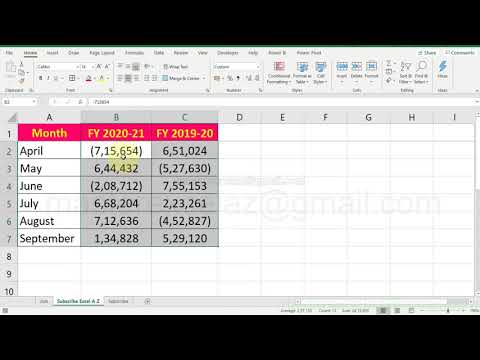
Found 36 images related to excel negative numbers in brackets theme


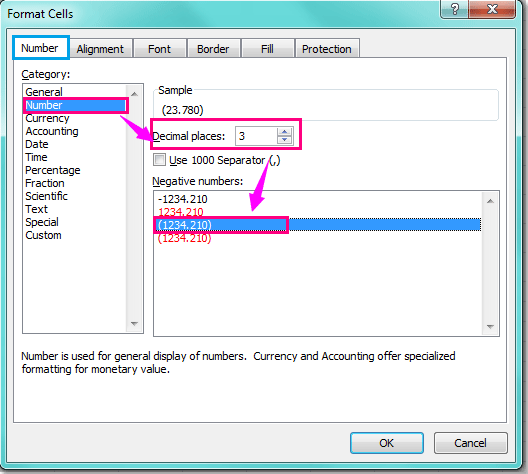

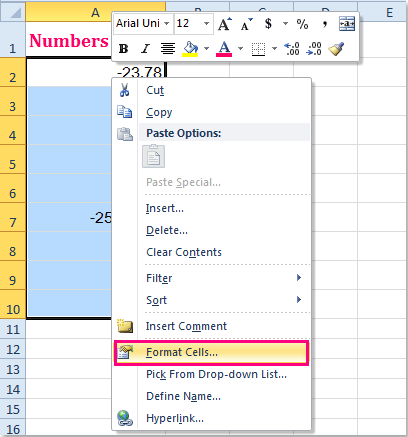
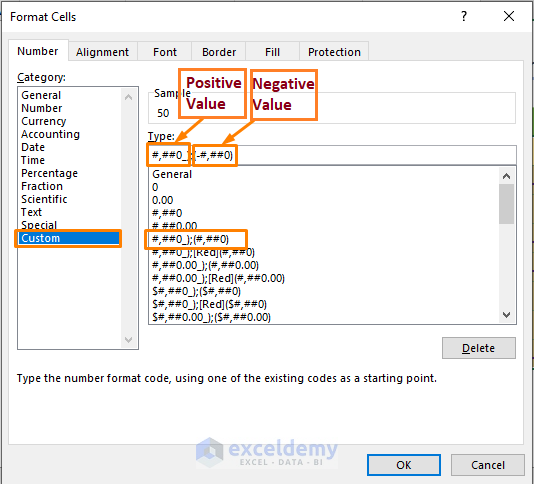





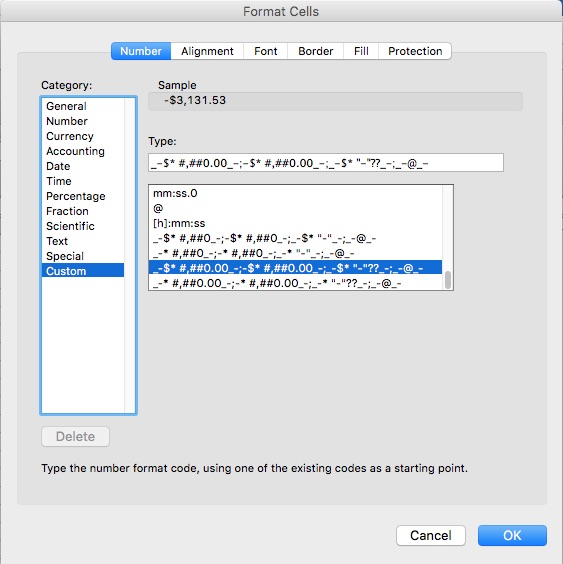

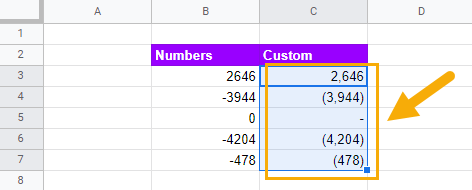




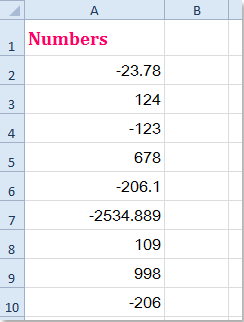

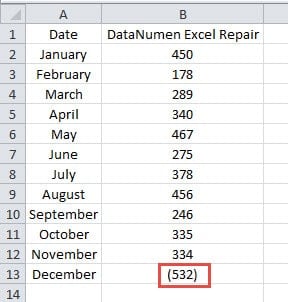



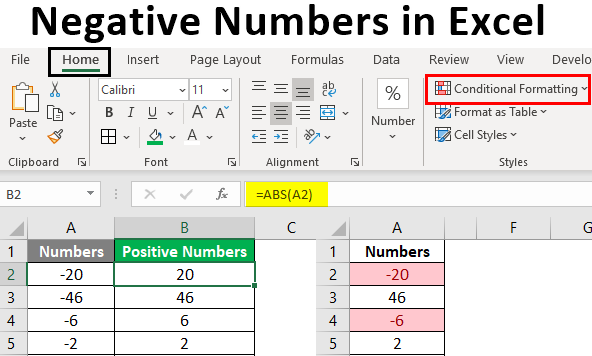
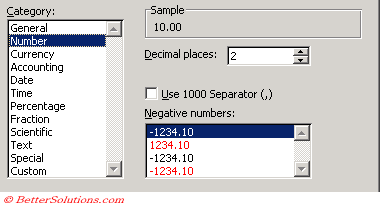


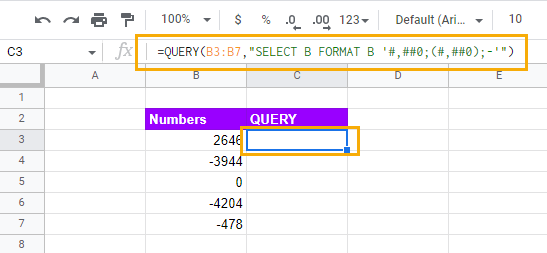


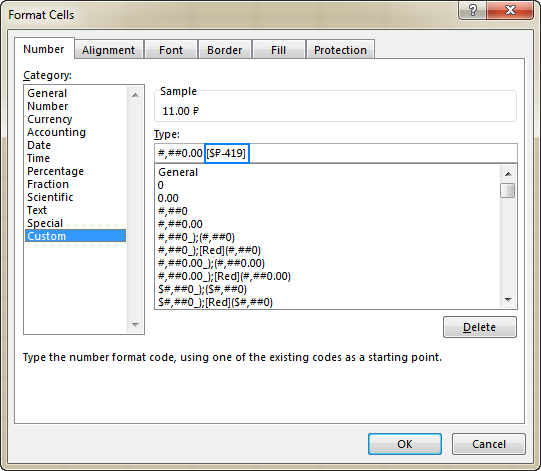
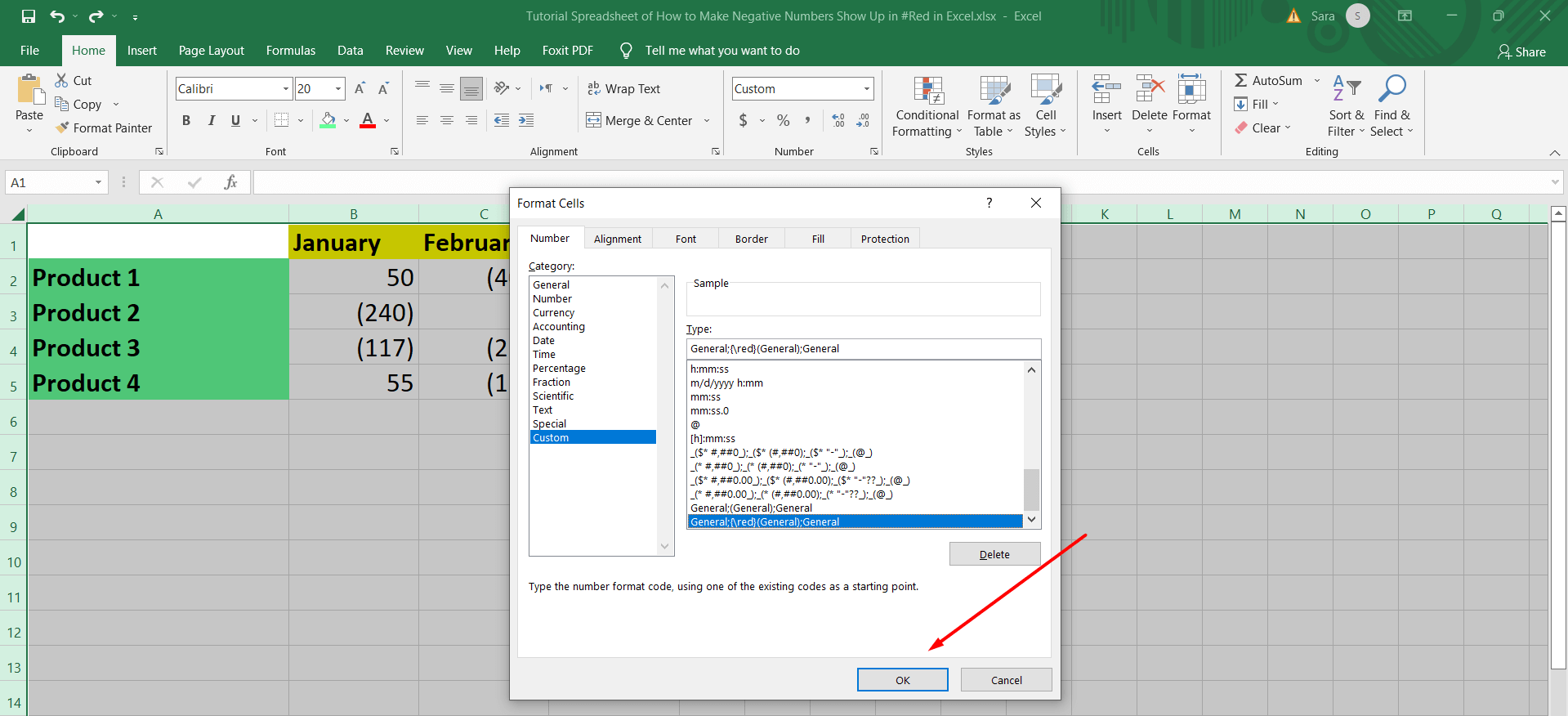
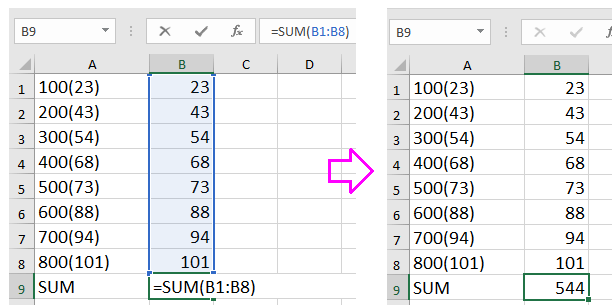






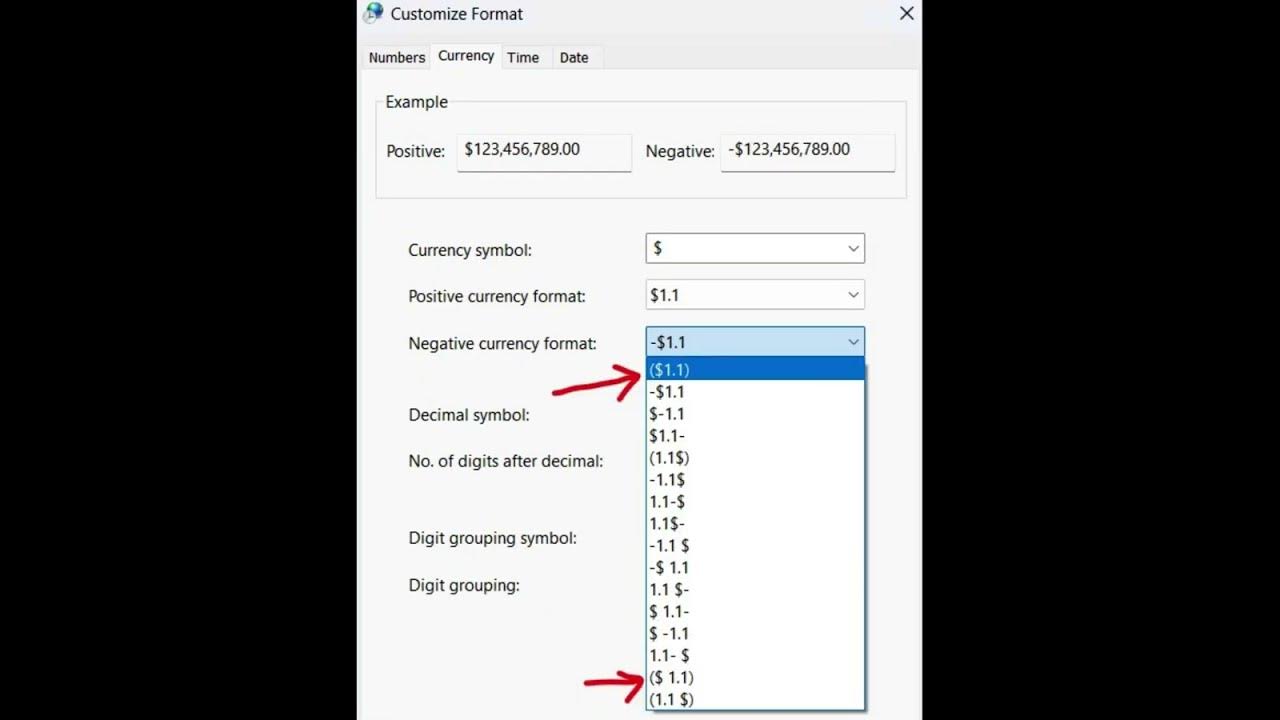

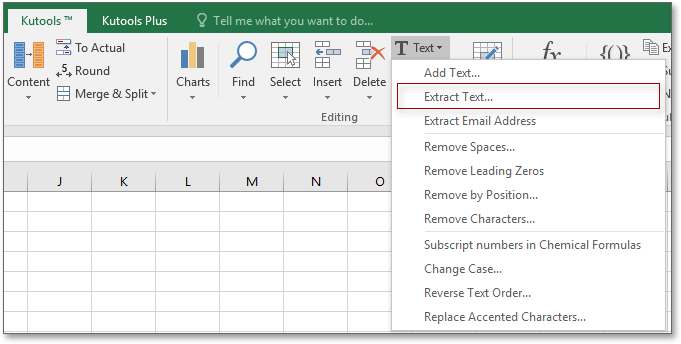

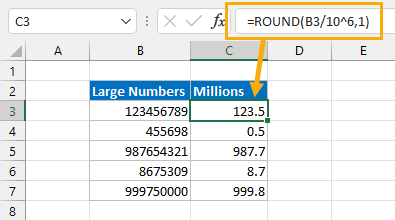

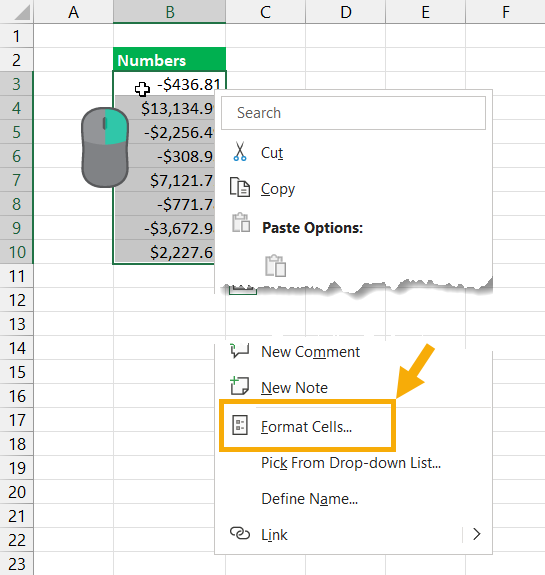
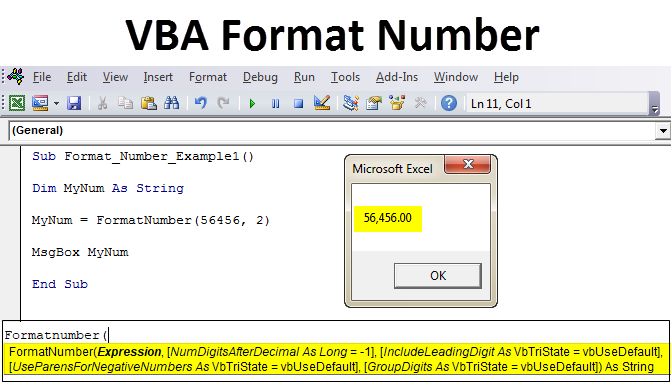
Article link: excel negative numbers in brackets.
Learn more about the topic excel negative numbers in brackets.
- Displaying Negative Numbers in Parentheses – Excel Exercise
- Show Negative Numbers in Parentheses (Brackets) in Excel …
- Negative numbers aren’t showing with parentheses in Excel
- How to display negative numbers in excel in brackets
- Excel negative numbers in brackets • AuditExcel.co.za
- How to Show Negative Numbers in Brackets in MS Excel?
- Show Negative Numbers in Parentheses/Brackets in Excel
- Excel Negative Numbers in Brackets and Red (2 Examples)
See more: https://nhanvietluanvan.com/luat-hoc/